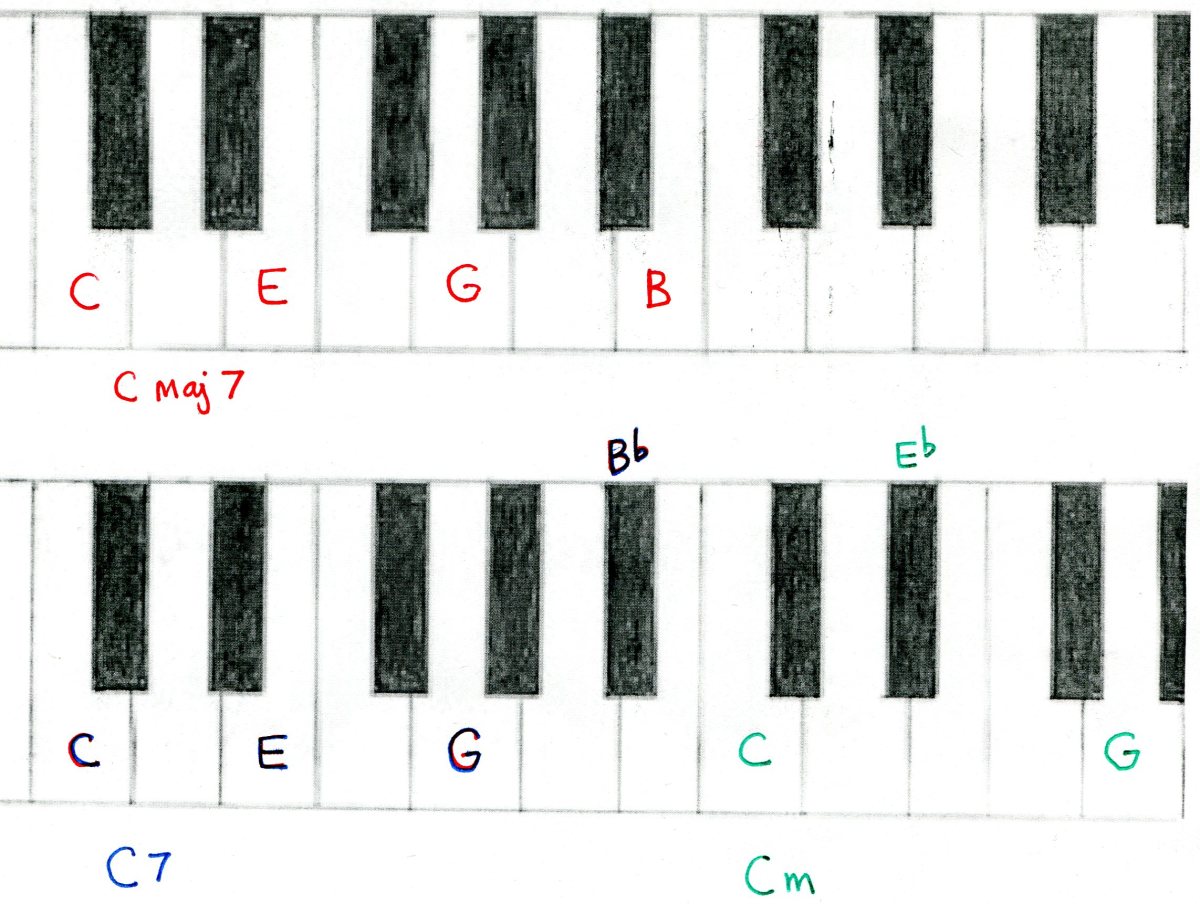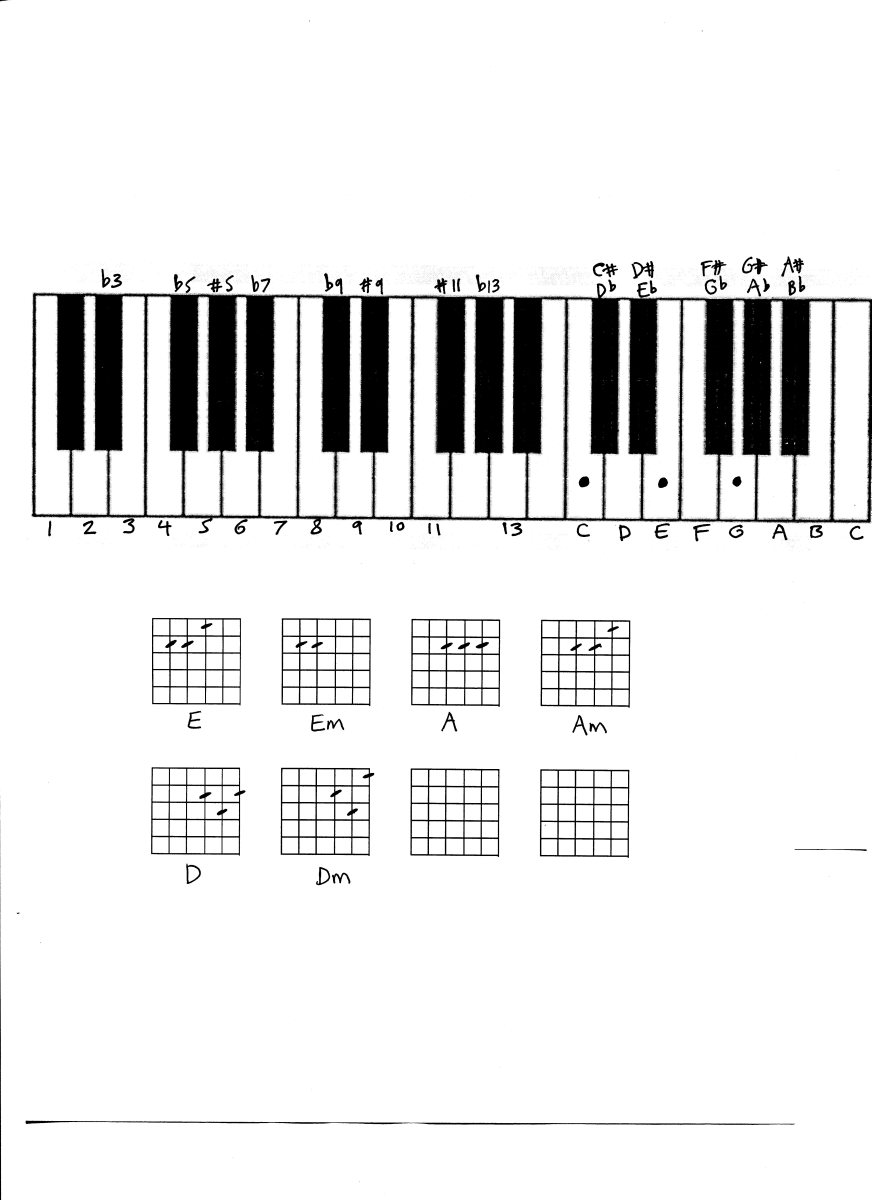Understanding Minor Scales on the Piano

To get a grip on the different kinds of minor scales you might play on the piano, start with the basics.
There are two types of minor scales that enjoy the greatest popularity. These are the melodic minor scale and the harmonic minor scale. Each of these scales operates in a slightly different way, but they are both based on variations of the natural minor scale - so we'll begin by looking at how that's constructed.
What's a Scale?
The word "scale" comes from the Latin scala, meaning a ladder. A scale is therefore a series of musical tones arranged in succession moving up or down one step at a time.
The Natural Minor Scale
The natural minor scale gets its name from the fact that it occurs naturally in the key of C without the necessity of any sharps or flats. To play this scale, simply play the white notes from any note A on the piano up to the next note A. This produces a scale with 5 whole tones and 2 semitones. Also known as the Aeolian mode, here's what the natural minor scale looks like:

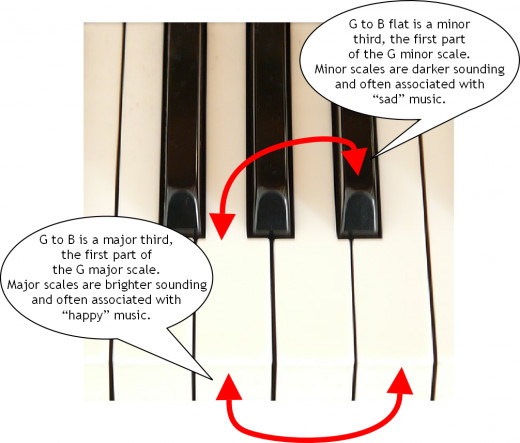
The Melodic Minor Scale
The key to understanding the melodic minor scale is the word "melodic." Raising the 6th and 7th notes of the scale ascending makes more melodic sense, as the notes rise along with the melody and reach the tonic note by way of the leading tone. Here's an example to show you what I mean:
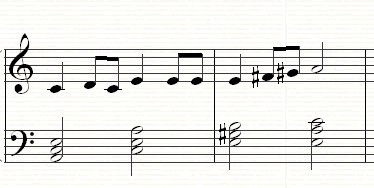
However, when the scale moves in a downward direction this "pull" to the tonic is no longer required. For that reason the melody can be varied, changing back to its natural form as in the example below:
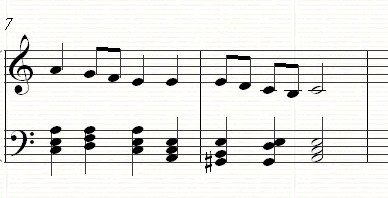
Major & Minor Scale Construction
Major Scale
| Has a major third between the tonic and third note of the scale
| 6th and 7th degrees of the scale are played according to the key signature
|
Melodic Minor Scale
| Has a minor third between the tonic and third note of the scale
| 6th and 7th degrees of the scale are raised ascending, then lowered again descending
|
Harmonic Minor Scale
| Has a minor third between the tonic and third note of the scale
| 7th degree of the scale is raised both ascending and descending
|
The Harmonic Minor Scale
The harmonic minor scale functions in a harmonic sense, and thus its name. This is especially important at cadence points when a clear and emphatic V-I is required. Without the raised leading tone (the raised 7th in a harmonic scale) the cadence would sound weak and the piece or section would have an unfinished feel to it.
Here's an example of the A harmonic minor scale in action. Note the first part of the melody which uses the raised 7th (G sharp) but the lowered 6th (F), giving it that "snake charmer" sound:
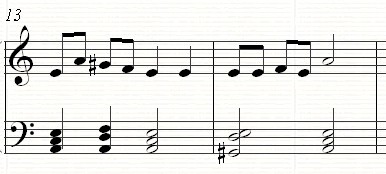
The following excerpt is probably a little bit more representative of how the harmonic minor scale is used in piano music. Here the melody climbs to the 6th degree of the scale (F), and then moves back down again, touching on the raised 7th (G sharp) to signify the end of this particular section:

Conclusion
Like all other elements of music theory, scales have been defined because they appear in the majority of piano music you play. To remember the difference, simply remember the relationship of the scale's name to what it does, i.e.-
- The natural minor scale occurs "naturally" within a key, without the necessity of any additional sharps or flats. Just like the A natural minor scale, these scales can all be found by starting to play on the 6th degree of any major scale.
- The melodic minor scale progresses like a melody, raising the 6th and 7th degrees of the scale moving up, and lowering them again moving down with a sense of "melodic" freedom.
- The harmonic minor scale includes the raised 7th or leading tone at all times, used mainly to aid the harmonic elements of pieces such as cadences.
Now that you've read all about the minor scales, why not test your skill in the quiz below? And remember that you can hear the examples used in the images above by watching the video at the top of this article.
Thanks for reading!







